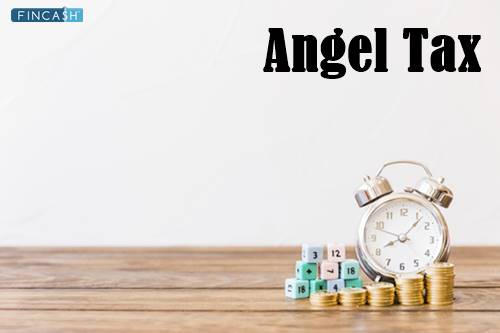
Table of Contents
Fallen Angel
What are Fallen Angels?
The Fallen Angel definition is quite a popular term in the Investing world. It can be referred to as the bond that was provided the investment-grade rating initially, but later on, has been minimized to the status of a junk bond. The downgrade is known to occur due to the deterioration of the issuer in the current financial conditions.

The Fallen Angel is also utilized for describing the stock that might have fallen continuously from the respective high values of all times.
Understanding Fallen Angel
Fallen angel Bonds tend to be downgraded by some major rating services –including Moody’s investor Service, Fitch, and Standard & Poor’s. These rating services could be sovereign debt, municipal, or corporate.
One of the primary reasons for the occurrence of the downgrade is a decline in the overall revenues. This tends to jeopardize the issuers’ ability to pay the due interest on the respective bonds. When the declining revenues are combined with rising debts, the possibility of a downgrade tends to increase substantially.
Securities related to the condition of Fallen Angel tend to be attractive to opposing investors who might seek the capitalization on the company’s potential when it comes to recovering from some temporary setback. Under the given set of circumstances, the process of downgrade is mostly known to start with the debt of the company being placed on the negative value of credit watch. The given Factor is responsible for forcing several Portfolio managers in selling the respective positions as the respective governing rules might hold back in keeping them.
Talk to our investment specialist
Fallen Angel Funds
You can come across specific Fallen Angel funds for the investors who might be looking for opportunities at some fire sale.
The actual downgrade that leads to the situation of a junk status could accelerate more selling pressure –especially from funds that tend to be limited to keeping investment-grade debts in an exclusive manner. Due to this, bonds related to fallen angels can put forth values within the category of high-yielding potential. However, this is the case only when the issuer is known to have a valid opportunity of recovering from downgrade conditions.
Risks Involved in Investing in Fallen Angels
For instance, let us consider an oil company that might have incurred substantial losses over multiple quarters because of the decline in the oil prices. The company might observe its investment-grade bonds to be downgraded to the respective junk status. This might be due to the overall increased risk of Default of the company. Due to the downgrade, the respective prices of the bonds of the company would also decrease while leading to an increase in the overall yields. This would make it highly attractive to the opposing investors who might be observing low oil prices as some temporary condition.
All efforts have been made to ensure the information provided here is accurate. However, no guarantees are made regarding correctness of data. Please verify with scheme information document before making any investment.






